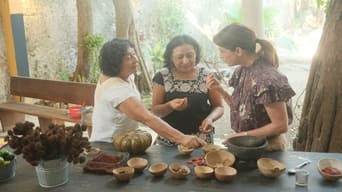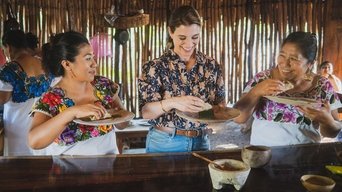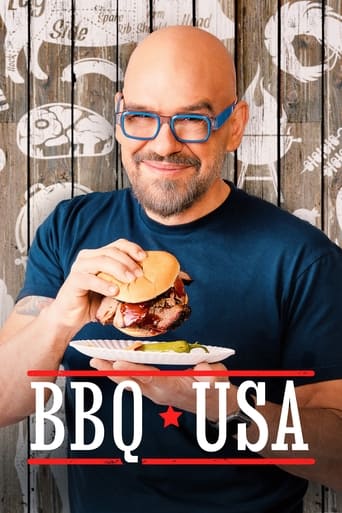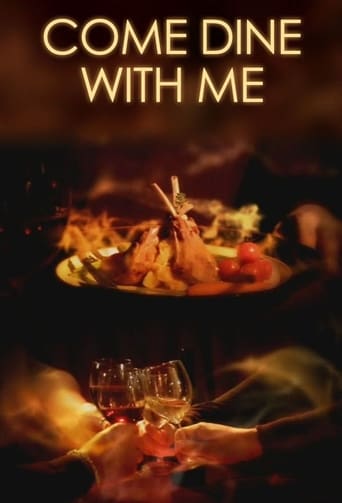Pati's Mexican Table (2011)
Pati's Mexican Table
2011 / TV-G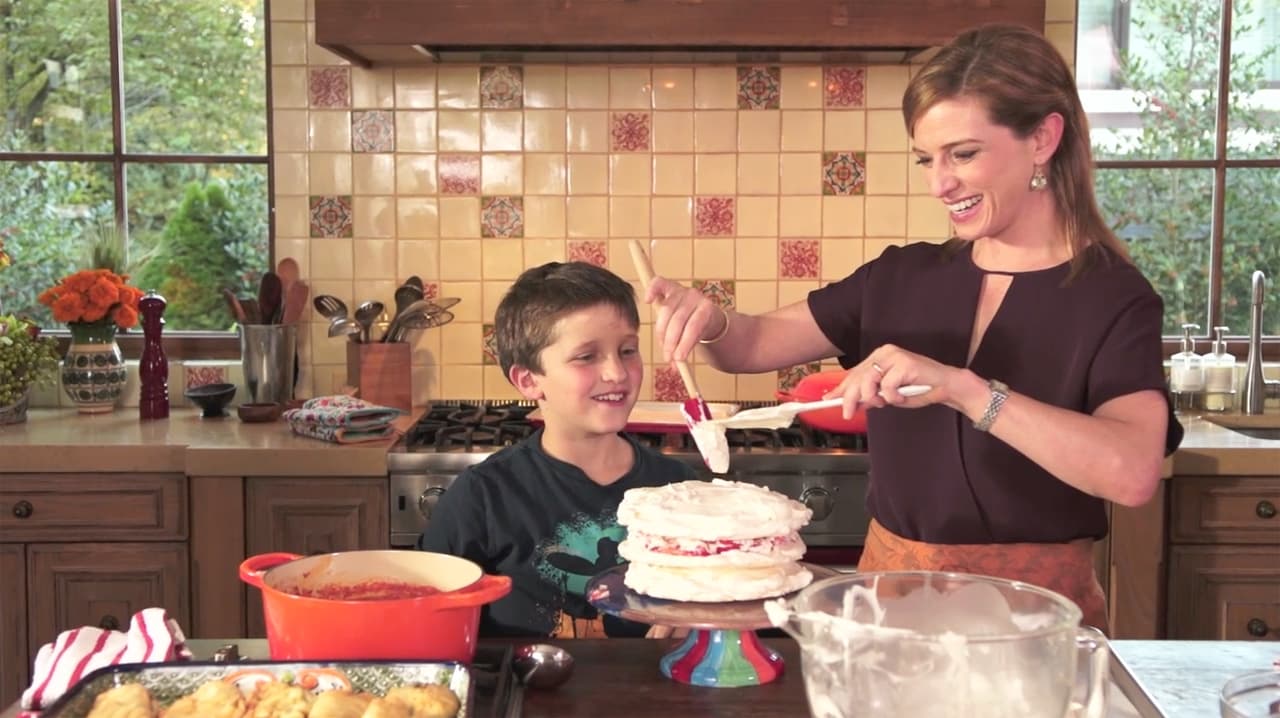
The three-time James Beard award-winning and Emmy nominated TV series “Pati’s Mexican Table” brings authentic Mexican flavors, colors, textures and warmth into your home. Pati Jinich is a former policy analyst, focused on Latin American politics and history, turned chef, cookbook author, and TV host whose true passion lies in sharing the tastes of her childhood and culinary adventures in her native country. In each episode, Pati embarks upon an exciting and entertaining journey, where each dish serves as a point of departure into Mexico’s rich history and culture, Pati’s personal experiences, her family life, and her ongoing conversations with cooks in both Mexico and the US.
Seasons & Episode
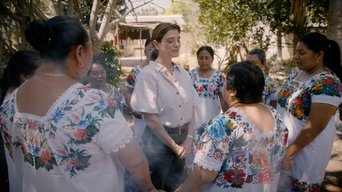
Pati is in the magic town of Maní to learn about something sacred to the Mayans – bees and honey. A cooperative of women who protect the endangered Melipona, a stingless bee native to Yucatán, invites her to join in a Mayan energy cleansing ritual involving buñuelos made with Melipona honey. Then she visits a family living by the traditional “Solar Maya,” meaning they grow everything they eat.

In Tekit, or “The Capital of the Guayabera,” Pati encounters a tale of sons going against their father’s wishes to follow their own path. Pati meets Eliodoro Xicum, a farmer’s son who went against his father to build a family business making the iconic Guayabera shirts. Then she meets his son, Elio, who chose to become a chef and created a dish that resembles a Guayabera in honor of his father.
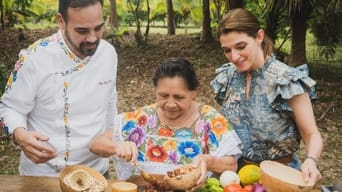
Pati explores the vibrant streets of Yucatán’s capital, Mérida, in search of its flavors. She tries “the best tacos in Mérida” at Wayan’e. The aroma of freshly made cookies lures her to Dondé Fabric, where their globitos and bizcochitos are an important part of Mérida’s mornings. She has sorbet at a shop run by the same family for generations and tastes a unique Yucatecan liqueur at Casa D’Aristi.
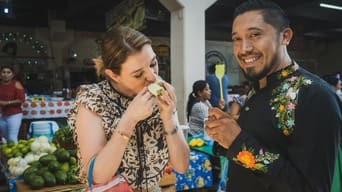
Pati visits Chef Wilson Alonzo in his hometown of Halachó to prepare a traditional Cochinita Pibil in an underground pit. They begin at the local market to source ingredients. Then Pati helps Wilson prepare the achiote marinade, along with his grandmother who taught him traditional cooking and isn’t shy to correct him. The final product is a meal that captures Yucatán’s history in every bite.
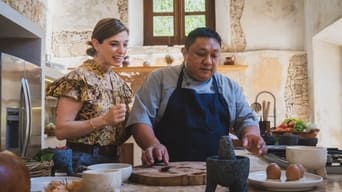
Pati arrives in Motul, a town in the history books for Yucatán’s once thriving henequén industry and for the egg dish Huevos Motuleños. Pati meets Doña Evelia, who put Motul back on the map with her world-famous recipe. She also experiences the legacy of henequén at Hacienda Tamchén and encounters another egg dish in the kitchen, where chef Julio Ku Dominguez makes Abuela’s Buttoned Eggs.
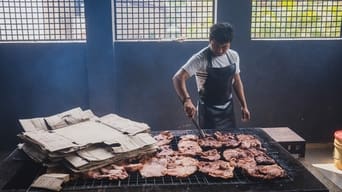
Temozón is the birthplace of Yucatán’s signature smoked meat Carne Ahumada and everyone in town claims to have a relative who invented it. Pati strolls around town to try different versions of Carne Ahumada. She also returns to Hacienda Tamchén for another traditional dish prepared by chef Julio Ku Dominguez called Huidzi Bii Wai, which means “united tortilla.”
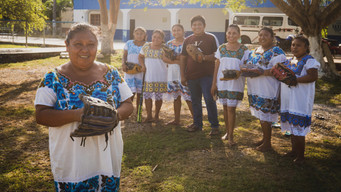
In Yaxunah, Pati discovers Yucatán’s “league of their own.” She joins the Amazonas, a softball team of indigenous women, for their morning practice. As they built a name for themselves, they overcame the mindset that women belong in the kitchen. After teaching Pati the ins and outs of the game, Doña Enedina invites her over for Brazo de Reina, a tamal with hardboiled eggs and ground pepitas.
The three-time James Beard award-winning and Emmy nominated TV series “Pati’s Mexican Table” brings authentic Mexican flavors, colors, textures and warmth into your home. Pati Jinich is a former policy analyst, focused on Latin American politics and history, turned chef, cookbook author, and TV host whose true passion lies in sharing the tastes of her childhood and culinary adventures in her native country. In each episode, Pati embarks upon an exciting and entertaining journey, where each dish serves as a point of departure into Mexico’s rich history and culture, Pati’s personal experiences, her family life, and her ongoing conversations with cooks in both Mexico and the US.
Watch Trailer
Free Trial Channels



